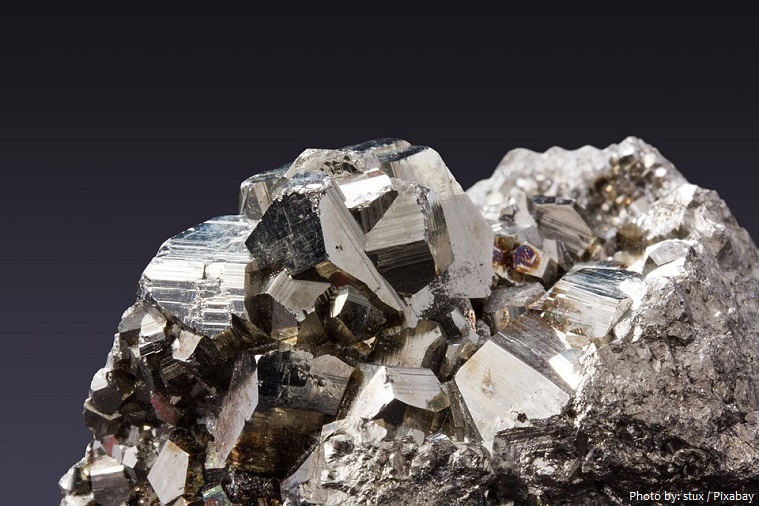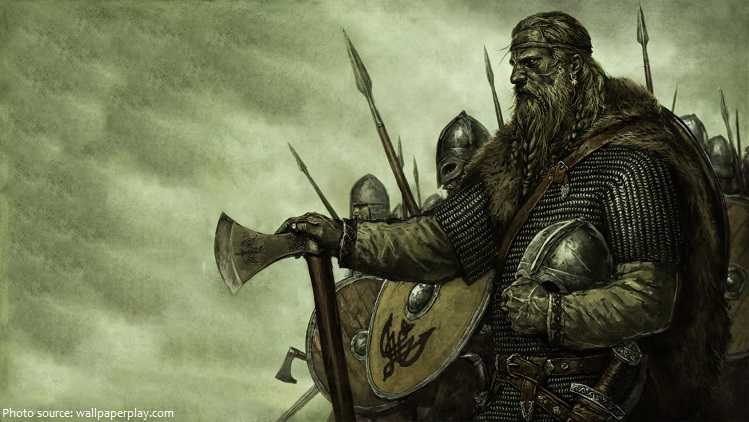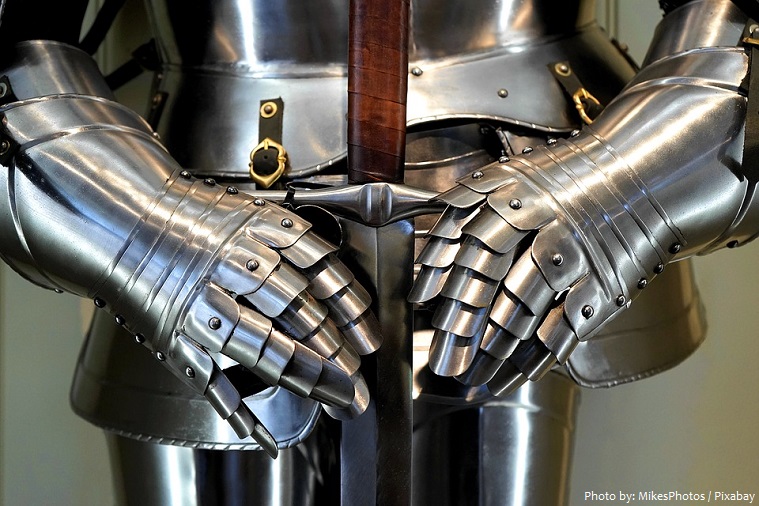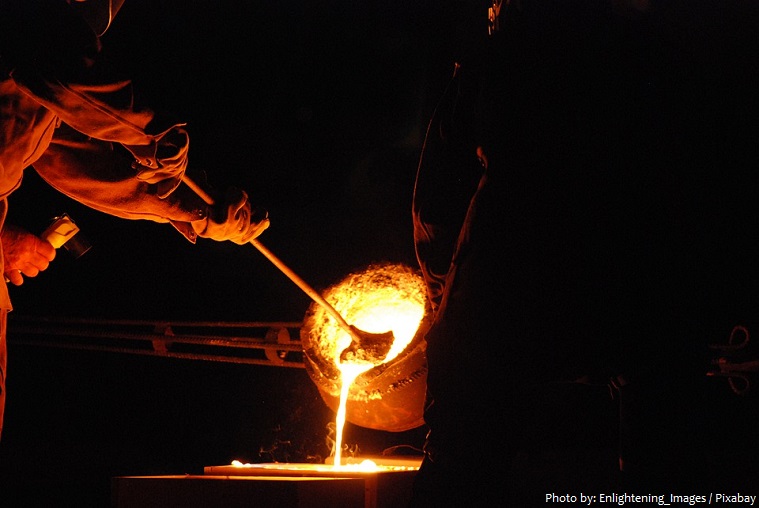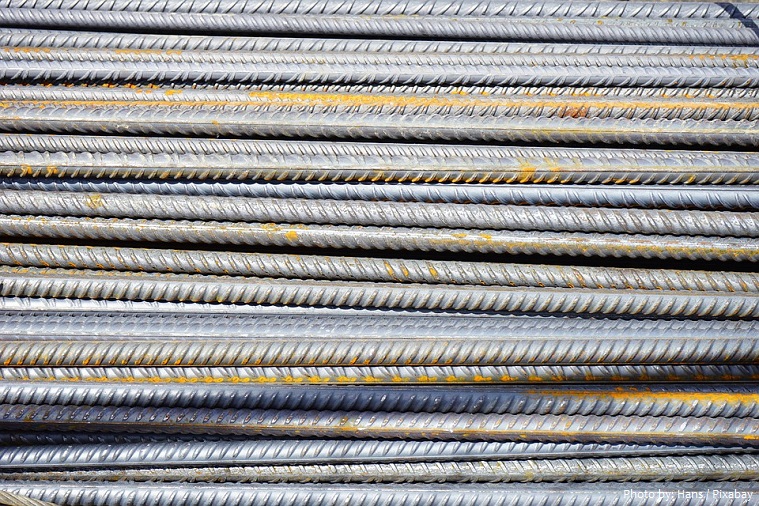Iron is a chemical element with symbol Fe and atomic number 26.
It makes up 5% of Earth’s crust and is 2nd in abundance to aluminum among the metals and 4th in abundance behind oxygen, silicon, and aluminum among the elements.
Iron, which is the chief constituent of Earth’s core, is the most abundant element in Earth as a whole (about 35 percent) and is relatively plentiful in the Sun and other stars.
It is the last element to be produced before the violent collapse of a supernova scatters the iron into space.
In its metallic state, iron is rare in the Earth’s crust but iron ores, by contrast, are very abundant.
Extracting usable metal from iron ores requires kilns or furnaces capable of reaching 1500 °C (2730 °F) or higher, about 500 °C (930 °F) higher than what is enough to smelt copper.
Humans started to master that process in Eurasia only about 2000 BC, and the use of iron tools and weapons began to displace copper alloys, in some regions, only around 1200 BC.
That event is considered beginning of the Iron Age. It is the final epoch of the three-age division of the prehistory and protohistory of humanity. The Iron Age was preceded by the Stone Age and the Bronze Age.
Meteoric iron was highly regarded due to its origin in the heavens and was often used to forge weapons and tools. For example, a dagger made of meteoric iron was found in the tomb of Tutankhamun, containing similar proportions of iron, cobalt, and nickel to a meteorite discovered in the area, deposited by an ancient meteor shower. Items that were likely made of iron by Egyptians date from 3000 to 2500 BC.
Beads made from meteoric iron in 3500 BC or earlier were found in Gerzah, Egypt by G.A. Wainwright.
Cast iron was first produced in China during 5th century BC, but was hardly in Europe until the medieval period.
The first cast-iron bridge was built during the 1770s by Abraham Darby III, and is known as The Iron Bridge in Shropshire, England.
Iron plays a certain role in mythology and has found various usage as a metaphor and in folklore. The Greek poet Hesiod’s Works and Days lists different ages of man named after metals like gold, silver, bronze and iron to account for successive ages of humanity.
Today, iron is the most widely used of all the metals, accounting for over 90% of worldwide metal production.
Since pure iron is quite soft, it is most commonly combined with alloying elements to make steel.
Pristine and smooth pure iron surfaces are mirror-like silvery-gray. However, iron reacts readily with oxygen and water to give brown to black hydrated iron oxides, commonly known as rust.
As iron has been in use for such a long time, it has many different names in different languages. The source of its chemical symbol Fe is the Latin word ferrum.
The body of an adult human contains about 4 grams (0.005% body weight) of iron. To maintain the necessary levels, human iron metabolism requires a minimum of iron in the diet.
Red meat, fish, egg yolk, carrots, fruit, whole wheat, and green vegetables contribute most of the 10–20 milligrams of iron required each day by the average adult.
Iron is toxic when large amounts are taken into the body. When too many iron pills are taken, people (especially children) get sick.
In the United States, much of the iron was taken from the ground in Minnesota and then sent by ship to Indiana and Michigan where it was made into steel.
The tallest iron structure is the Eiffel Tower, in Paris, France, which is 300 m (984 ft 3 in) high. At the time of its inauguration on 31 March 1889, a few weeks ahead of the opening of the Paris Exposition Universelle, the tower was the tallest man-made structure in the world, a title it would hold until the completion of the 318-meter (1,046-foot) steel-and-brick Chrysler Building in New York City, USA, on 27 May 1931.
The Hoba meteorite is a meteorite that lies on the farm of the same name. It is the most massive naturally occurring piece of iron known on Earth’s surface. It is also the largest known intact meteorite. The Hoba meteorite measuring 2.7 × 2.7 × 0.9 meters (8.9 × 8.9 × 3.0 ft) and weight just over 60 tonnes. The meteorite is composed of about 84% iron and 16% nickel, with traces of cobalt.
Many experts believe that the Earth’s core consists almost entirely of iron and nickel.

